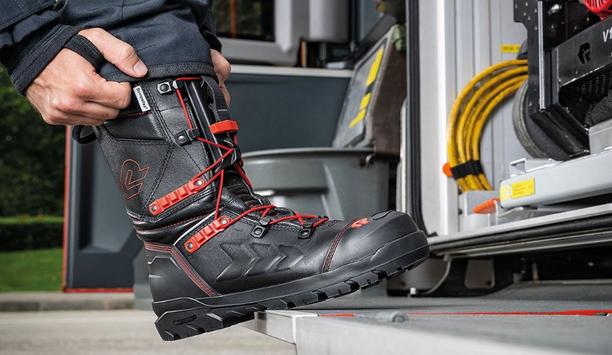Safety for industrial workers is one thing that cannot be ignored or taken lightly. It is not just about the right workforce policy that every industry should adopt, but also about the rights of every worker. Hand injuries at the workplace can be due to many reasons, including working with chemicals, sharp objects, flammable articles, etc. Therefore, it is important to choose the right gloves for complete hand protection.
The first and foremost point to keep in mind while choosing hand-protective gear for their workforce is the risks they would be facing. Cut and heat resistance, size, comfort level, etc., are some of the other key aspects to keep in mind. Below are a few quick tips on how to choose the right protective gloves:
Key Aspects For Choosing Protective Gloves
These accidents not only disrupt productivity but also disturb the morale of the workers
Accidents at the workplace can have a devastating effect on both the company and the workforce. Apart from the physical and mental trauma of the injured worker, it can be quite damaging to the company’s reputation. If they look at the numbers, 40% of hand injuries are because of lacerations. These accidents not only disrupt productivity but also disturb the morale of the workers which can lead to legal complications, cost-bearing for the company, and sanctions from regulatory agencies.
Instead of taking all this trouble and mental stress, it is just better to choose the right protective gloves for their workforce and avoid accidents as much as possible. Mentioned below are a few questions they should ask while selecting the right protective gloves for the workforce.
Nature of Work:
One of the major factors to consider when selecting gloves is the type of work and associated risks. Some questions to consider are:
- Will they encounter any hazardous chemicals?
- Will the substance they work with, be wet or oily?
- Will the contact with the dangerous substances be prolonged or intermittent?
- Will they be dealing with any machinery where the chances of cut injuries are possible? Will the gloves be immersed fully or partially in chemicals or hazardous substances?
- Which part of the body needs more protection-the wrist, hands, arms, etc.
Once they know the nature of the work, the next step is to learn about the different types of gloves and their appropriate applications for various industries.
- Coated Fabric Gloves: Coated fabric gloves are majorly for general purpose use and provide protection from puncture, and alkalinity of concrete items, and are cut and chemical-resistant. The different types of coating used in these gloves can include latex, nitrile, polyurethane, and PVC. The deciding factor while choosing the coating is the risk assessment of the work involved.
- Fabric or Cotton Gloves: Often referred to as liners, these gloves provide a thin and breathable layer of protection between the worker’s hands and the materials/chemicals they are dealing with. These are nominal protective gloves and only give minimal protection against the cut, heat, high/low temperature, puncture, etc. Fabric or cotton gloves are often used as an extra layer beneath the main gloves.
- Latex, Nitrile, or Synthetic Gloves: These types of gloves are mainly used in the healthcare industry and for work in laboratories, dealing with biohazards, solvents, oils, chemicals, or grease. They provide more dexterity to the wearer, however, are not very protective against sharp objects, abrasive surfaces, punctures, or high/low temperatures.
- Leather Gloves: Leather gloves are one of the most widely used types of hand-protective gloves. They offer good grip, high dexterity, and protection against sharp objects and abrasive surfaces. Leather gloves also provide additional protection against moderate heat, and resist sparks, friction, vibration & impacts. These gloves are also suited for welding purposes.
- Puncture Resistant Gloves: This category of gloves is specifically designed to prevent any type of puncture injuries to the hand. These gloves are structured in a way that deflects the penetration of any needle, sharp objects, shards, or other significant puncture exposures.
- Impact And Vibration Resistant Gloves: These types of gloves are specifically designed to prevent any injuries due to impact and vibration. These gloves are the best fit for workers dealing with the type of work that involves energy transfer, repeated impact or vibration for a long time, fabrication work, etc.
Mallcom products
Mallcom is India’s pioneering Personal Protective Equipment (PPE) brand. All Mallcom products being delivered throughout the globe carry all the required certifications after undergoing stringent tests in the laboratory. Among the best manufacturers of all types of gloves suitable as per their requirement.
With the capacity to manufacture 12+ million gloves annually, Mallcom gloves are of the highest quality, suitable for electronics, IT, construction, civil, food, beverages, steel, glass, ceramic, pharmaceutical, mining, metallurgy, warehousing, assembling, oils, gas, petrochemicals, agriculture, forestry, horticulture, etc.















